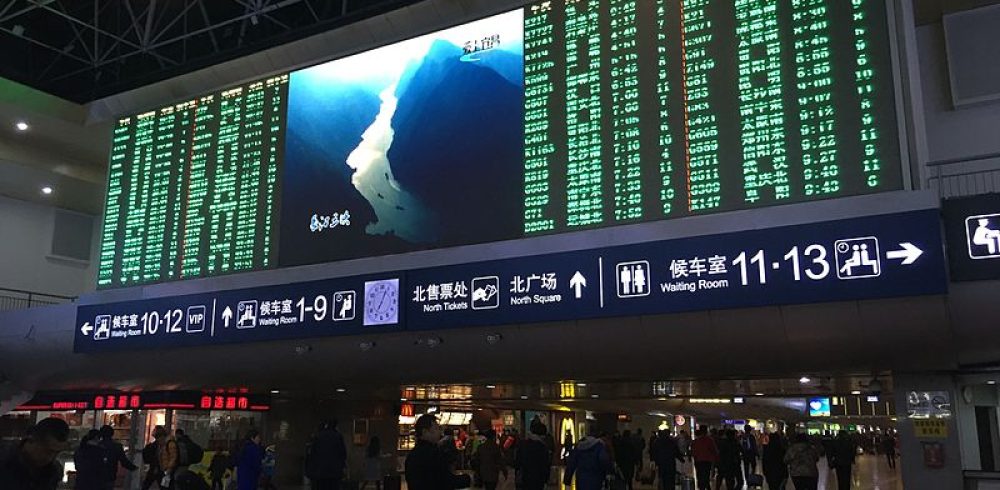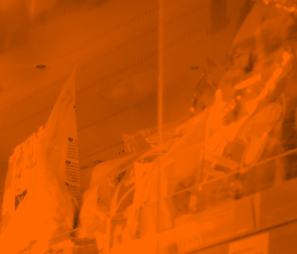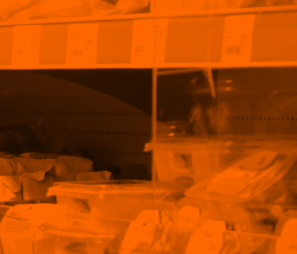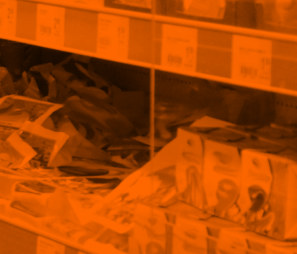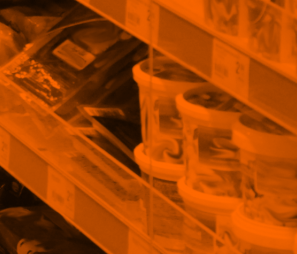The VTT Technical Research Centre of Finland in collaboration with Neonelektro have developed a new type of LED displays that combines the flexibility, low cost, and high technical performance of roll to roll mass manufacturing technology.
Part of the European project OptIntegral, the LED displays were created using a hybrid integration manufacturing process that combined injection moulding and printed electronics and in which the flexible electronic substrate was immersed in an overmolded polymer. The polymer protects the components and enables additional features, such as optical and mechanical structures to be integrated during a single processing step.
“Flexible, light weight, and of an easily customisable size, the LED advertising panel enables the creation of a dynamic look for a large area applications, or those that require a 3D shape, such as vehicles,” said Project Manager Eveliina Juntunenof VTT.
Overmolding is used to add optical structures to the display elements, while improving the visual appearance of the product. Additionally, it also lowers the temperature of the LEDs by around 20%, which is significant in terms of reliability and efficiency, making the displays energy-efficient, lightweight, flexible, and even three dimensional.
“Interest in dynamic backlighting has grown dramatically during the project, and we have developed a new product family based on it. Developing a technology to meet such demand has opened up new markets for us,” said Matti Koponen, who is in charge of product development at Neonelektro.
Neonelektro developed an overmolded RGB display element manufactured using the roll to roll technique, while VTT Technical Research Centre Finland used the same technique to make flexible LED substrates for the displays, refining the process to make it more productive.
The project was funded by the European Commissionâs Horizon 2020 programme and other partners included the Spanish firm SnellOptics and the Spanish Association for Standardisation (UNE), LumyComp and Megatex from Bulgaria, Holografika from Hungary, and the University of Bath from the United Kingdom.




